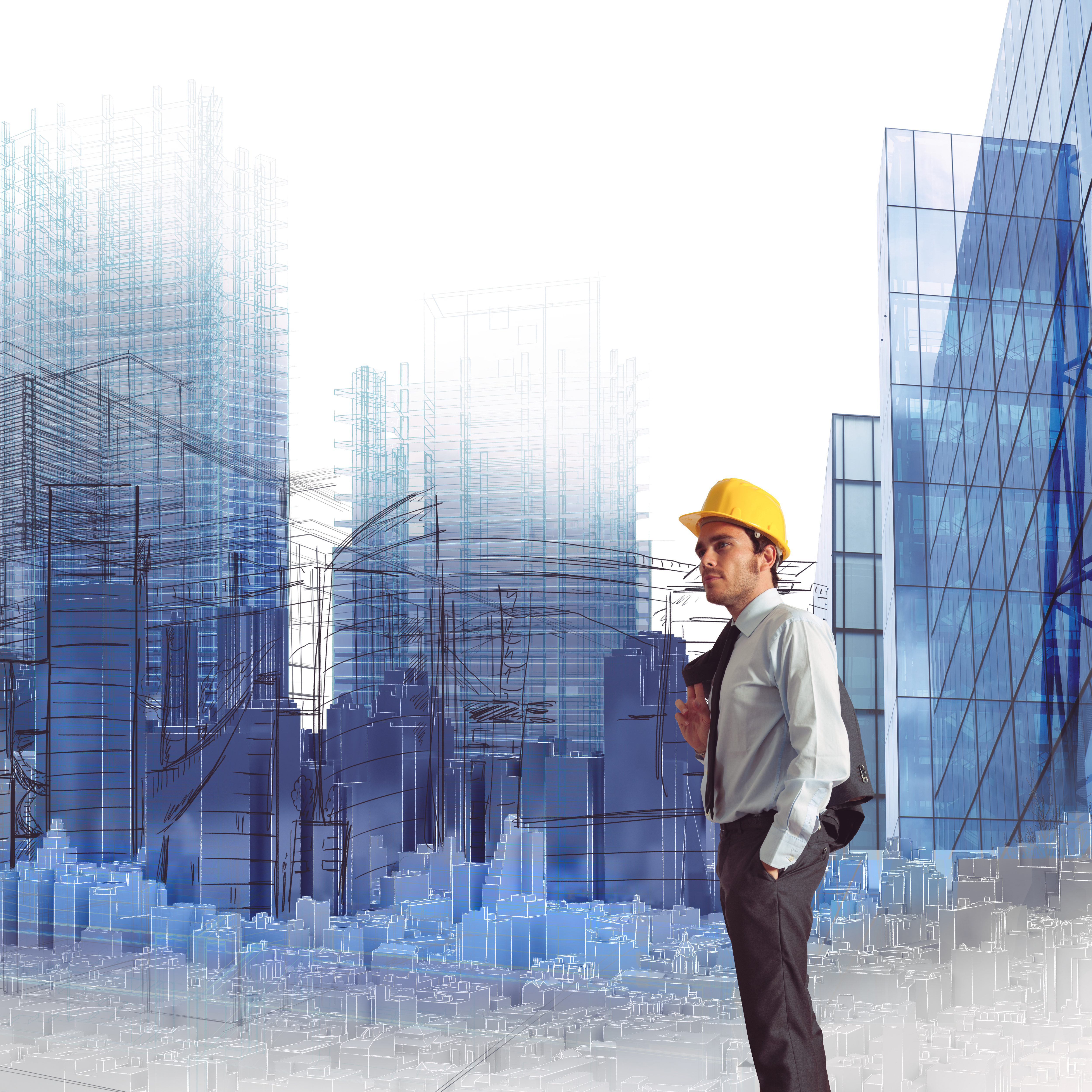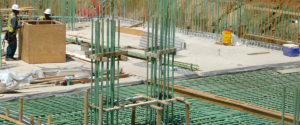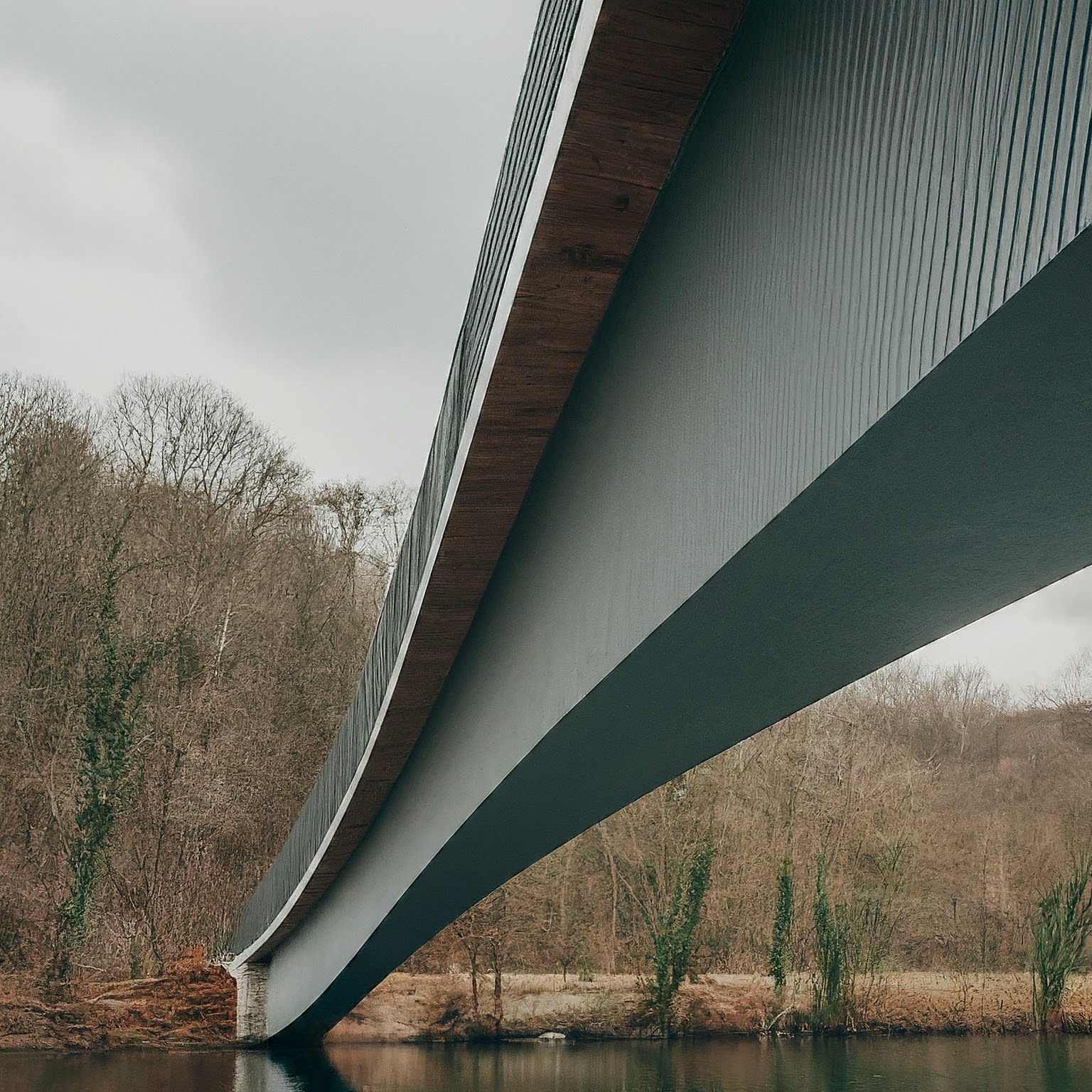Imagine crossing a bridge that endures for fifty years without showing wear and tear. No rust, no cracks, just a smooth durable surface to rely on for safety. This is not science fiction but an event that can be witnessed right now, thanks to the revolutionary material known as Glass Fiber Reinforced Polymer, commonly abbreviated as GFRP. Let’s dive into why GFRP is creating a stir in the bridge construction world and is poised to change the face of our infrastructure.
Why GFRP is a Game-Changer

Benefits of GFRP Rebar
Traditional bridge design probably makes one think first of steel as the structural backbone. Steel, however, has a well-known Achilles’ heel: corrosion. GFRP is an excellent replacement for steel, but it holds many advantages over and beyond merely supplanting steel. Let’s take a look at them.
Unmatched Corrosion Resistance
Imagine a bridge in the marine environment, perpetually braved by de-icing salts. With the passing of time, the buried steel would corrode, leading to expensive repairs and even collapse of a bridge structure. GFRP, by its nature, is nonmetallic and also corrosion resistant. It does not rust under the more severe conditions of exposure and, therefore, bridges do not become unsafe and short-lived during its many years of service with minimal repair. This corrosion resistance is, notably, very important where heavy salt use is found or near coastlines, which makes traditional materials degrade quicker.
High Strength-to-Weight Ratio: Efficiency at Its Best
What if you could construct a bridge that is stronger yet lighter? GFRP exactly does that. Its high strength-to-weight ratio ensures that it can give the required structural support yet has no added weight. This is the game-changer for engineers to make designs that are innovatively designed in a way that brings down the overall weight of the structure as much as possible. Lighter bridges mean less stress on the foundation, maybe reducing the cost of construction and simplifying the design process. Imagine not being held back by the heavy load of the traditional materials!
Durability That Stands the Test of Time

Imagine how much all bridges endure in terms of abuse from weather, temperature fluctuations, and the assault of time. GFRP also excels in this area, with impressive durability in almost every condition. This can include freezing and thawing cycles during winter and prolonged UV exposure; GFRP stands the test of time. This durability means less work or maintenance, hence spending less time and cost in the long run. Long term, GFRP-reinforced bridges promise to have a longer service life, giving communities reliable infrastructure that could be trusted generation after generation.
Design Flexibility: Unleashing Creativity
Let’s talk creativity. Traditional materials can sometimes confine and limit the design, but not so with GFRP as it opens possibilities. Imagine designing your bridges with sexy modern shapes or geometries that are impossible to design and build hitherto. GFRP can take on many shapes and forms, making difficult architectural visions possible to construct more easily. This freedom, then, is not just aesthetic but allows engineers to retrofit structures more easily, in adaptation to new needs or the enhancement of old infrastructure.
Enhanced Seismic Performance: Building for Safety
Bridges become the focus of earthquake-prone regions. In such regions, GFRP also works better than others. Its flexibility and the energy consumption make seismic forces relatively easier for bridges to withstand reinforced GFRP. Or rather, these bridges will likely endure the force of an earthquake, giving them a better chance against catastrophic failure. It means peace of mind for the community in such zones-their bridges will be able to endure what eventually comes-a surprise.
Environmental Impact: A Greener Choice

Sustainability is more than just a buzzword; it’s a responsibility. GFRP offers significant environmental benefits, starting with its production process, which generates fewer carbon emissions compared to steel. But the eco-friendliness doesn’t stop there. The long lifespan and reduced maintenance needs of GFRP-reinforced bridges mean that fewer resources are consumed over time. By choosing GFRP, we’re not just building better bridges—we’re building a better future.
Conclusion: Embracing the Future of Bridge Construction
GFRP is not just a substitute for steel; it is a step forward in the technology of bridge building. Its unparalleled corrosion resistance, high strength-to-weight ratio, superb durability and environmental advantages make it the perfect material for infrastructure in the next century. As such, it would help GFRP stand as an ideal solution in a changing world, bearing in mind the trends or the demands of providing more sustainable practices, or infrastructure that can endure even harsher conditions.
Perhaps the next time you walk over a bridge, consider the possibility that GFRP materials can bring. We are not just talking about the extension of our bridges’ life but rather revolutionizing the way we have been building them. The new horizon of bridge construction is here and stronger, safer, and greener than ever.
Are you ready to cross that bridge?
